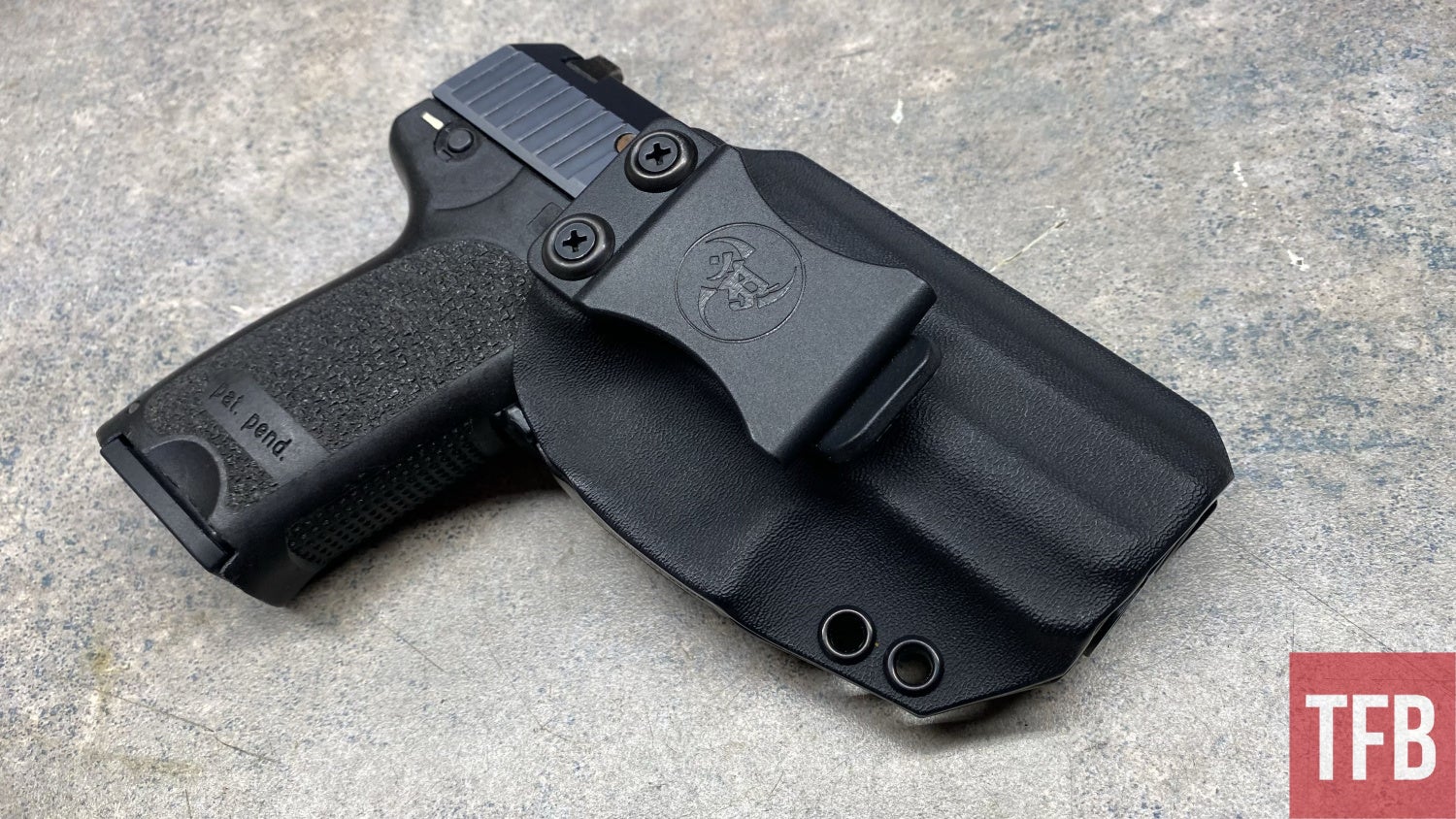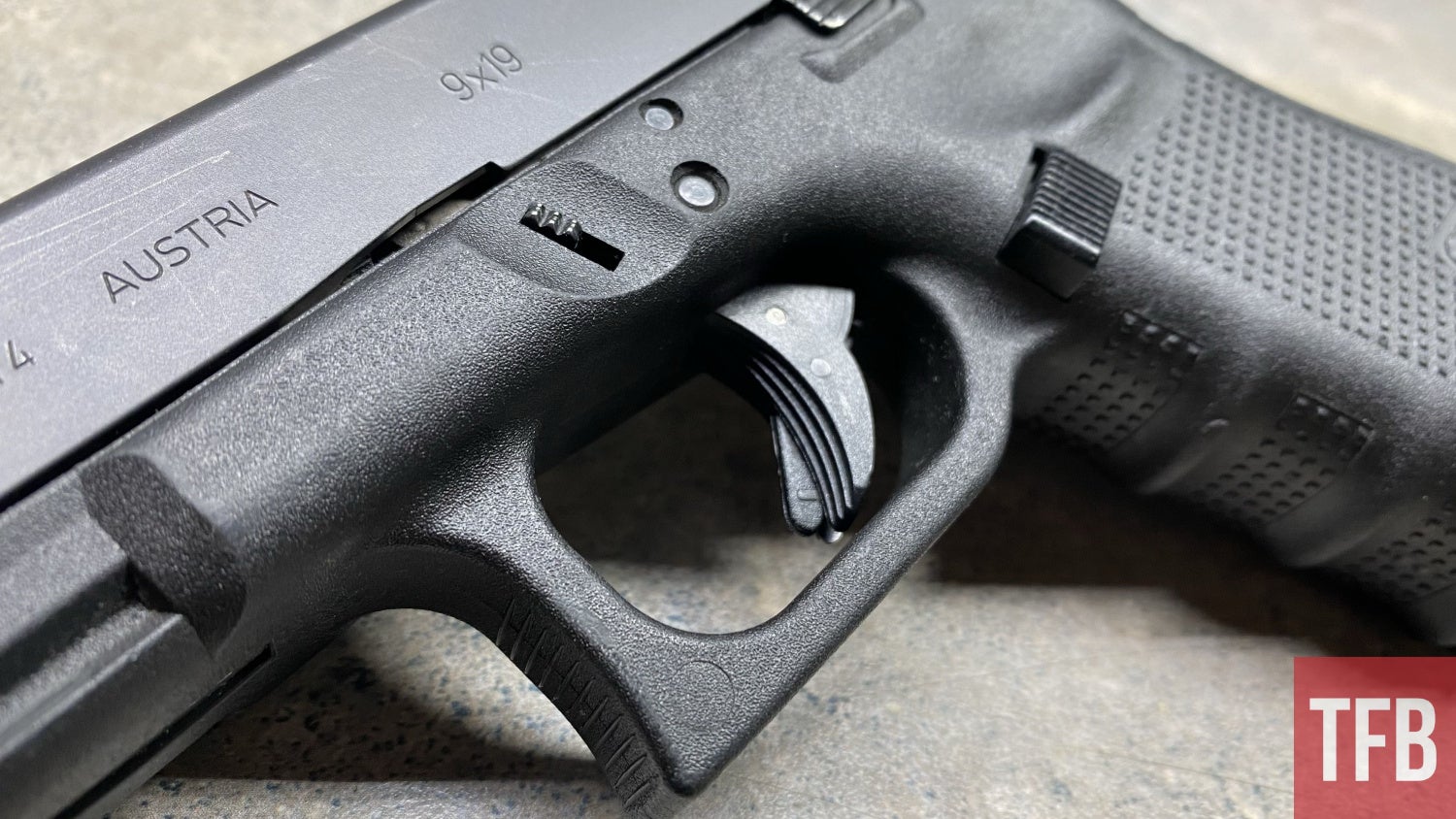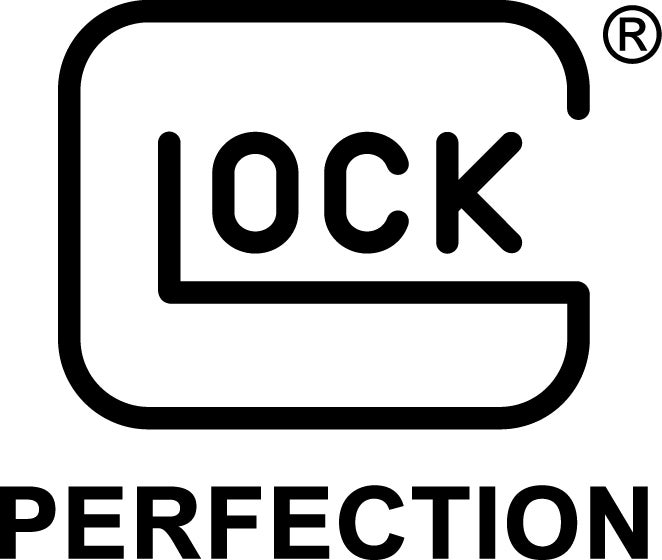Over the last few months, I have gotten countless messages about people wanting to train for concealed carry but aren’t sure what to focus on right away. Combine the fact we had a significant uptick in new conceal carriers, the fact ammo has gotten so scarce, it can be tough to really train using minimal ammo. With certain people dealing with one or both of the issues above, it can be tricky figuring out what to work on when it comes to practicing for concealed carry. Let’s dive into the top 3 shooting mechanics to practice for carrying a concealed handgun.

Drawing From Concealment
The number one thing to work on when it comes to practicing skills when it comes to carrying concealed is your draw stroke. Without a good draw from the holster, your chances of getting a shot off will go down dramatically. The beauty of practicing your draw stroke is the fact you don’t even need to be at the range to get the basics down. Even if you only do 20-30 minutes of practice a week to start, it will speed up your muscle memory and really start to help develop a consistent draw.

When it comes to drawing from concealment at the range, there are a ton of different drills to work on when shooting from concealment. Whether it’s a simple dot drill or something like the Baer Solutions Standard Drill, there are a ton of options. It’s pretty easy to incorporate a draw from concealment to start the drill so you’re getting reps even when you want to focus on other mechanics as well. I always advise people though, if you plan on trying any advanced shooting positions where drawing from a holster can be tricky, it’s always best to practice with an unloaded firearm first. I know it may seem fairly simple but I can’t tell you how many times I’ve personally seen people make questionable decisions to try something new at the range.

Sight Picture
Once your draw from concealment starts to feel more natural, it’s time to start looking at the sight picture and building your muscle memory with presenting the firearm and acquiring your sights. This can be incorporated with your draw stroke from the beginning where you draw from your holster at home and present the firearm to find the sight picture. This way you can practice multiple mechanics without firing a single shot.

Another important aspect to take into consideration is whether or not you plan on using iron sights or a red dot. For most new shooters or even people who’ve shot for a while, lining up your iron sights will be much easier to learn over time than finding a red dot. Depending on the pistol, it may be easier or more difficult to pick up your red dot. I can’t tell you how many times I have seen people do the famous wrist wiggle trying to find their red dot sight to fire. In most cases, red dots will be more accurate at distance and will be faster once you become acclimated to the dot. The learning curve for red dots is fairly steep so keep that in mind before you start carrying one.

Trigger Manipulation
The third but equally important element when it comes to carrying concealed is trigger manipulation. Some will argue this should be number one and I will admit there’s probably a valid case to make trigger manipulation number one rather than the third. The difference between having poor and effective trigger manipulation could mean the difference between hitting your target or sending rounds past your attacker and into your community. Keep in mind you’re liable for every round fired so it’s incredibly important to make every shot on target with no mistakes in public.

In a previous article, I’ve talked about how to dry fire at home to practice having a crisp clean trigger break without jerking the trigger. Whether that’s using snap caps or putting a coin on top of your front sight, there are a number of different ways to practice having a consistent, controlled trigger pull. When you’re at the range, doing things like dot drills and throttle control drills are also a fantastic way to work on having a clean consistent trigger pull. You don’t have to shoot through a ton of ammo to practice, but taking a magazine or two just to focus on trigger pull will pay off in the long run.

Overall Thoughts
There is no doubt more to this list when it comes to practicing for carrying concealed, but these three mechanics will be the first three you use in a self-defense situation. Once you start to become confident in these manipulations, then it’s the perfect time to incorporate movement, reloads and shooting from uncomfortable positions to sharpen your skills even more. A great way to build up these skills is by taking courses from a reliable instructor. Some may not be able to due to budget or time restraints but that’s always a great way to incorporate all these skills into one fluid motion.

Let me know what you guys practice at the range when you want to work on carrying concealed. Is there something else you focus on or is it more repetition of these skills to make yourself better? I’d love to hear your thoughts in the comments below. If you have questions about carrying concealed or just firearms in general, feel free to shoot me a message on Instagram @fridgeoperator. Stay safe out there.
TFB’s Concealed Carry Corner is brought to you by GLOCK

 Your Privacy Choices
Your Privacy Choices
